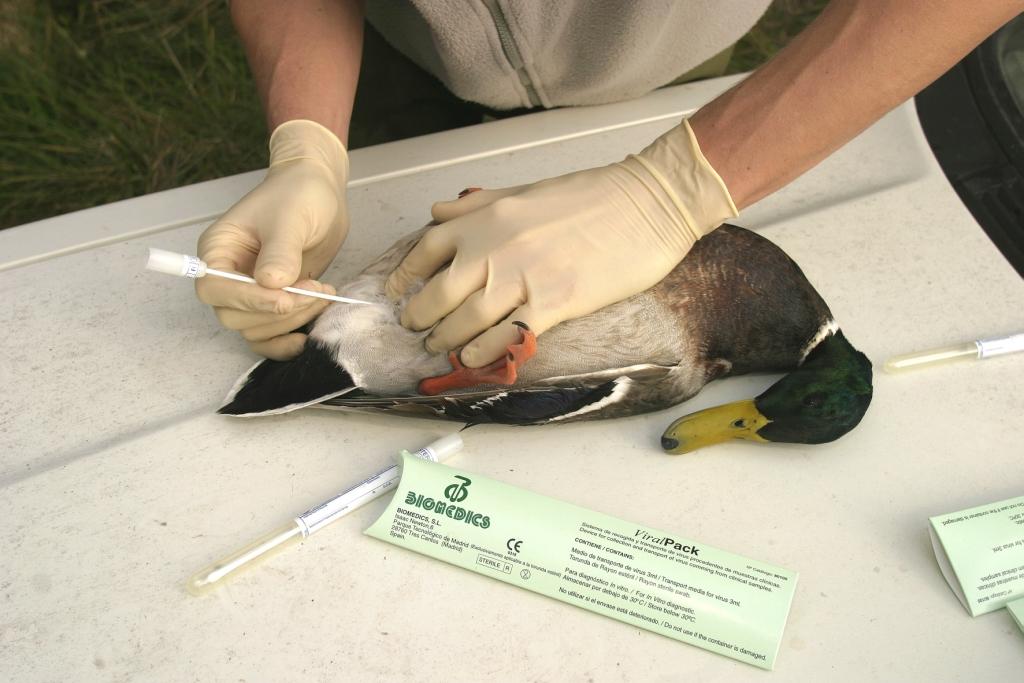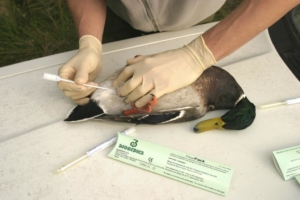Finding the right balance between environmental protection and health risks
The world is currently facing two major crises which are inextricably linked: an ecological crisis and a health crisis. At the root of these crises is the rise in environmental disturbances. How can we protect both wild species and public and animal health? Recent studies by scientists and stakeholders in a variety of domains are looking for answers to this question.
 Following a phase of victorious optimism in the 20th century, particularly once antibiotic treatments were developed and vaccinations eradicated smallpox, recent decades have seen the emergence or re-emergence of infectious diseases that are resistant to drugs and other disease-control agents, such as pesticides and antibiotics. Three quarters of infectious diseases emerging in human populations come from animals, most of them wild. These include diseases caused by the severe acute respiratory syndrome, West Nile fever (1), and Ebola fever (2) viruses. In this context, nature is often seen, once again, as a danger to be brought under control.
Following a phase of victorious optimism in the 20th century, particularly once antibiotic treatments were developed and vaccinations eradicated smallpox, recent decades have seen the emergence or re-emergence of infectious diseases that are resistant to drugs and other disease-control agents, such as pesticides and antibiotics. Three quarters of infectious diseases emerging in human populations come from animals, most of them wild. These include diseases caused by the severe acute respiratory syndrome, West Nile fever (1), and Ebola fever (2) viruses. In this context, nature is often seen, once again, as a danger to be brought under control.
The world is also facing an ecological crisis marked by a loss of biodiversity due to human activities. Conservation biology is seeking explanations and solutions to this crisis, but since this scientific discipline only took off in the late 1970s, understanding of parasites and associated pathologies remains very limited.
Human and animal health are inextricably linked to ecosystem health
These two health and ecological crises are thus linked by their partly shared origins: the rise in environmental disturbances caused by human activities. These disturbances affect the entire planet, with the modification and destruction of habitats, intensification of animal breeding and farming methods, globalization of trade, climate change, pollution, and widespread use of drugs and other disease-control agents.
Natural area administrators and medical practitioners are seeing a new outbreak of health problems originating in the environment. For example, rabbit populations in the Mediterranean coast are being decimated by two exotic introduced diseases, myxomatosis and viral haemorrhagic disease. This poses conservation problems both for their predators, the pardel lynx in Spain and Bonelli’s Eagle in France, as well as for the habitats where rabbits dominate.
In response to these emerging challenges, close ties are gradually being built up between health and ecology, areas that until now have been kept apart by the highly specialised nature of the science and the absence of reciprocal interests. With a historical focus on a diagnostic approach and fast treatment (such as vaccination and medication), the worlds of human and animal health have recently begun looking to the environment and ecology to understand underlying evolutionary and ecological mechanisms, so they can anticipate emerging problems and adapt the means for tackling them to long-term needs.
Tour du Valat research
A collective work, Ecologie de la Santé et Biodiversité (3) (The Ecology of Health and Biodiversity) has just been published by De Boeck for students, lecturing researchers, and professionals in the environmental and health domains.
